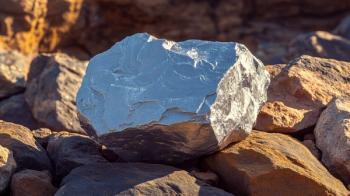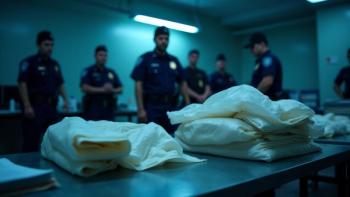
- Special Issues-11-01-2008
- Volume 0
- Issue 0
From the Editor
At a symposium attended almost exclusively by practitioners of chromatography, the one thing they all wanted more of was mass spectrometry information.
At LCGC's recent PharmSep Symposium, held in Philadelphia from September 9–11, I heard one piece of advice repeated over and over from various conference-goers: Cover more mass spectrometry next year. I was certainly aware of the prominence of mass spectrometry, both in hyphenated techniques across the disciplines of chromatography and spectroscopy, and also as an independent tool to be used on its own. However, the popularity of this technique was truly brought home to me over the course of this three-day event.
David Walsh
At a symposium attended almost exclusively by practitioners of chromatography, the one thing they all wanted more of was mass spectrometry information. I think this illustrates just how much a part of the fabric of today's analytical laboratory mass spectrometry has become, possibly even more effectively than any poll or survey could. When you hear firsthand testimonials from the people who do the research in the lab every day, the impact is dramatic, and in this case, those people were some of the best and brightest minds in the industry today.
With this in mind, we're happier than ever to bring you this November installment of the Current Trends in Mass Spectrometry supplement series. Inside you'll find articles on the newest and most cutting-edge applications of mass spectrometry from the leading minds in the field. Articles on pesticide analysis in food, consumer beverage analysis, and biomedical advances using mass spectrometry all demonstrate the kind of life-affecting research this technique is enabling every day, research that saves lives and — to use a cliche that is overused but very appropriate — makes our world a better place.
We hope you find this issue useful in your own research, and just as at the PharmSep Symposium those many weeks ago, we welcome and value your feedback, so feel free to contact any of our staff members at the e-mail addresses listed in the masthead.
Enjoy the issue.
David Walsh
Editor-in-Chief
Articles in this issue
almost 17 years ago
A New Perspective on the Challenges of Mass Spectrometryalmost 17 years ago
The Impact of Fast Chromatography and Its Effects on Mass Spectrometryalmost 17 years ago
Product Resourcesalmost 17 years ago
The Changing Face of LC–MS: From Experts to UsersNewsletter
Get essential updates on the latest spectroscopy technologies, regulatory standards, and best practices—subscribe today to Spectroscopy.




